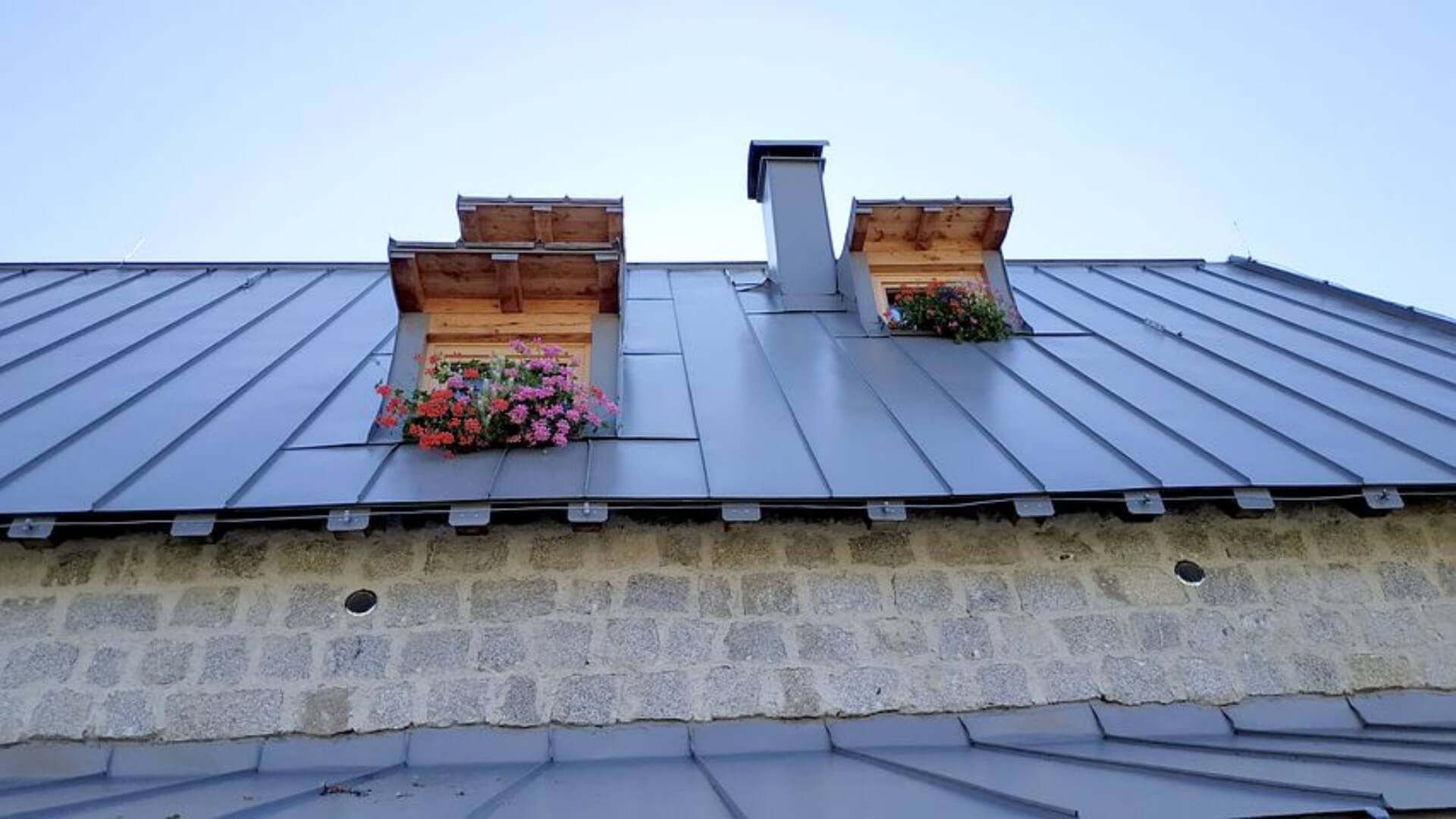Once you realize your home will need a new roof, you have to search for the perfect roofing material that will last a long time while giving your property an updated roof and raising its value. If so, you may discover that your best option, just as many other homeowners have confirmed, is to get metal roofing in Indiana. However, these days metal roofing comes in many different varieties to give you many different types of looks. You will also need to decide if you are going for exposed seam or standing seam metal panels, or you might go for metal tiles, shakes, or shingles in different colours or finishes. Once all those decisions have been made, you still want to find out what else is needed, such as whether your new metal roof will require underlay. Let’s find out.
Is underlay important when installing a metal roof?
Metal roof underlayment is an important element when installing a new metal roof. It may be tempting to skip this step in an attempt to save some money. However, the underlayment offers an additional layer of protection which should be considered because it provides a water-resistant barrier to protect your house and your loved ones from the elements.
Besides protection from the weather, the underlay offers other advantages such as providing an added layer of insulation, serving as a noise barrier, providing an even surface for when the metal roofing is installed, and helping you be compliant with building codes.
When do you need a roofing underlayment?
If you are building a new home and are waiting for permits, installing an underlayment can provide a watertight barrier until the final roofing material can be installed. Underlay is made from a synthetic material that can be exposed to the elements for up to 30 months without absorbing any moisture. It will also not wrinkle, so it won’t compromise the finished look of your new metal roof.
In homes with low-sloped roof lines located in areas with high rainfall, the home may be at a greater risk of experiencing water damage. A roof with a low slope will not allow water from rain to run off as fast as it does on higher pitched roofs. When water is allowed to accumulate on a roof, there is always a greater risk of leaks. In cases like these, installing a protective underlayment can make all the difference. Also, if your home is being built with joists, the insulation between the joists and sheathing needs to be protected with underlayment material.
Are there cases where underlay may not be needed?
Despite the fact that installing underlayment is strongly recommended, in some cases, it may not be necessary. This can happen when installing a metal roof on a patio, especially when the patio design has open beams and calls for metal panels to be attached directly to the beams.
Also, in cases where the metal roof is a roof replacement that will be installed on top of an existing shingle roof. This is because asphalt shingles require underlay. What would need to happen in these cases is to have your roofer inspect the condition of the existing underlayment to see whether it still works before the new metal roof goes up.































